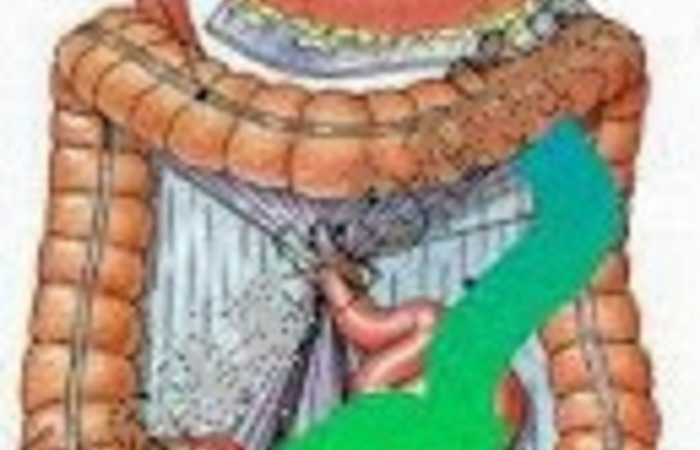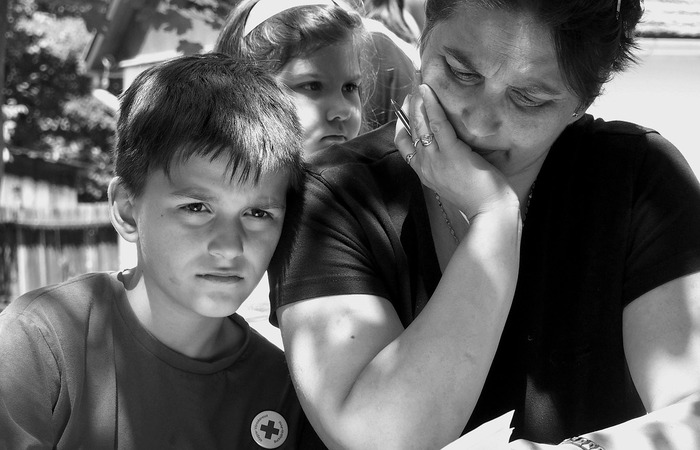
A. Definition Oxygenation
Oxygenation requirement is a basic human need that is in use for the continuity of life-sustaining body cell metabolism and activity of various organs or cells.
         B. Oxygenation Process
a. Ventilation.
Is the process of entry and exit of oxygen from the atmosphere into the alveoli or from the alveoli into atmosfer.Proses ventilation is influenced by several things, namely the pressure difference between the atmosphere in the lungs, where the higher the air pressure is lower, and vice versa, the lower the air pressure places the higher it is. Effect of subsequent ventilation process is complienci and recoil. Complience is the ability of the lungs to inflate. while recoil is kemampua CO2 or contraction narrowing of the lung.
b. Gas Diffusion
A gas diffusion exchange between oxygen dialveoli with pulmonary capillary and co2 exchange in capillaries with alveoli.Proses is influenced by several paktor, yaiti lung surface area, thick membrane respiration / permeability consisting of alveolar epithelial and interstitial (both of which can affect the diffusion process in case thickening) The difference of pressure and concentration of O2 (as the case where o2 from the alveoli into the blood by the pressure of O2 in the cavity of the alveoli is higher than the pressure in the pulmonary venous blood O2, enter the blood diffusion).
c. Gas transfortasi
Transfortasi O2 gas is the process of capillary distribution to tissues and tissues to kaviler.Transfortasi Co2 gas can be influenced olehy several factors, namely cardiac output (cardiac output), the condition of blood vessels, exercise (exercise), the ratio of blood cells to whole blood ( hematocrit), as well as elitrosit and Hb
                C. Factors Affecting Oxygenation Needs
         1. The autonomic nervous
Stimulation of the sympathetic and parasympathetic autonomic nervous system can affect the ability to dilate and constrict, it can be seen the sympathetic and parasympathetic. When there is stimulation, nerve endings can be issued neurotsransmiter (for sympathetic norodrenalin may issue affecting bronchodilation and to secrete acetylcholine parasympathetic effect on bronkhokonstriksi) because of the respiratory tract receptors and receptor kolinergik.Semua adrenergenik including derivate catecholamine hormones can dilate the airways.
        2. Allergies in respiratory tract
Many factors can cause allergies, such as dust contained in the respiratory air, animal dander, pollen stamens of flowers, cotton, food, and others.
                      3. Developments
Stages of child development can affect the amount of oxygenation requirement, since the age of organs in the body develops with age developments.
        4. Environment
Environmental conditions can affect oxygenation needs, such as allergic factors, the height of the land, and the suhu.kondisi affect adaptability.
                      5. Conduct
Behavioral factors that may affect oxygenation requirement is the behavior in consuming food (nutritional status).
D. Type Breathing
• External Breathing
External respiration is the process of entry of O2 and CO2 discharge of the body, often referred to as the respiratory breathing biasa.Proses starts from the ingress of oxygen through the nose and mouth during breathing, and oxygen in through the trachea and bronchial pipe to the alveoli and oxygen will penetrate the membrane will be bound by the hemoglobin of red blood cells and taken to heart. After that, the red blood cells are pumped by the arteries throughout the body to then leave the lungs with oxygen pressure of 100 mmHg.
• Internal Breathing
Internal respiration is the process of gas exchange between the cells in the fluid surrounding tissues often involves a process all catecholamine hormones including derivate can dilate the airways.
E. Issues oxygen demand
• Hypoxia
Hypoxia is an insufficient condition does not meet the needs of oxygen in the body due to deficiency of oxygen or the increased use of oxygen in the cellular level, the mark with the bluish color of the skin (cyanosis).
• Changes in breathing patterns
1.Tachipnea, is breathing with a frequency of more than 24 times per minute.
2. B radypne a, a breathing pattern that is slower and less than 10 times per minute.
3.H ipervent Ilas i, is the body's way to compensate for an increase in the amount of oxygen in the lungs so that breathing faster and deeper.
4.Kus maul, a rapid and shallow breathing pattern that can Nditemukan the people in a state of metabolic acidosis.
5.H ipovont Ilas i, an attempt by the body to remove enough carbon dioxide are carried out during alveolar ventilation and insufficient use of oxygen is characterized by headache, loss of consciousness disorientation, or an electrolyte imbalance that can occur due to atelectasis, paralysis of the muscles respiratory, defresi respiratory center, increased airway prisoners, prisoners decrease in lung tissue, and the thorax, sertta decrease in lung and thoracic compliance.
PNE 6.Dis a, a feeling of regret and heavy when breathing
7. Orthopne a, a breathing difficulties except in a sitting or standing position, and this pattern is often found in people who have congestive lung.
8. Cheyne Stokes, a respiratory cycle amplitude is first up, down, stop, then start a new cycle.
9. Breathing paradoxical, is marked by respiratory movement of the lung wall opposite atah from normal circumstances, seriong found in the state of atelectasis.
10.Bi ot, is breathing with the rhythm similar to Cheyne Stokes, but the amplitude irregular.
11. Esteridor, is noisy breathing that occurs due to narrowing of the airways
F.Langkah-step:
A.persiapan tool
1.tabung oxygen with manometernya
2.flowmeter
3.humidifier
4.selang oxygen
5.kanula nasal / mask
6.kasa if necessary
B.langkah-step
By nasal cannula
1. wash hands with 7 steps sterile
2. examine the need for oxygen
3. hold the tool in patients
4. wearing gloves
5. The contents of the tube in check
6. attach the humidifier to the oxygen
7. connect the nasal cannula to the humidifier
8. set the oxygen flow 2-4lt / mnt
9. make sure the humidifier bubbly
10 pairs of cannula in nose client and set binding for comfort
By mask
1. The contents of the tube in check
2. install the humidifier oxygen pipes which are connected dg oxygen cylinders
3. connect the oxygen mask hose dg
4. adjust the flow as needed 6-10lt / mnt
5. place the oxygen mask over the patient's mouth and nose and then set binding for comfort
6. wash hands
7. regularly assess client








